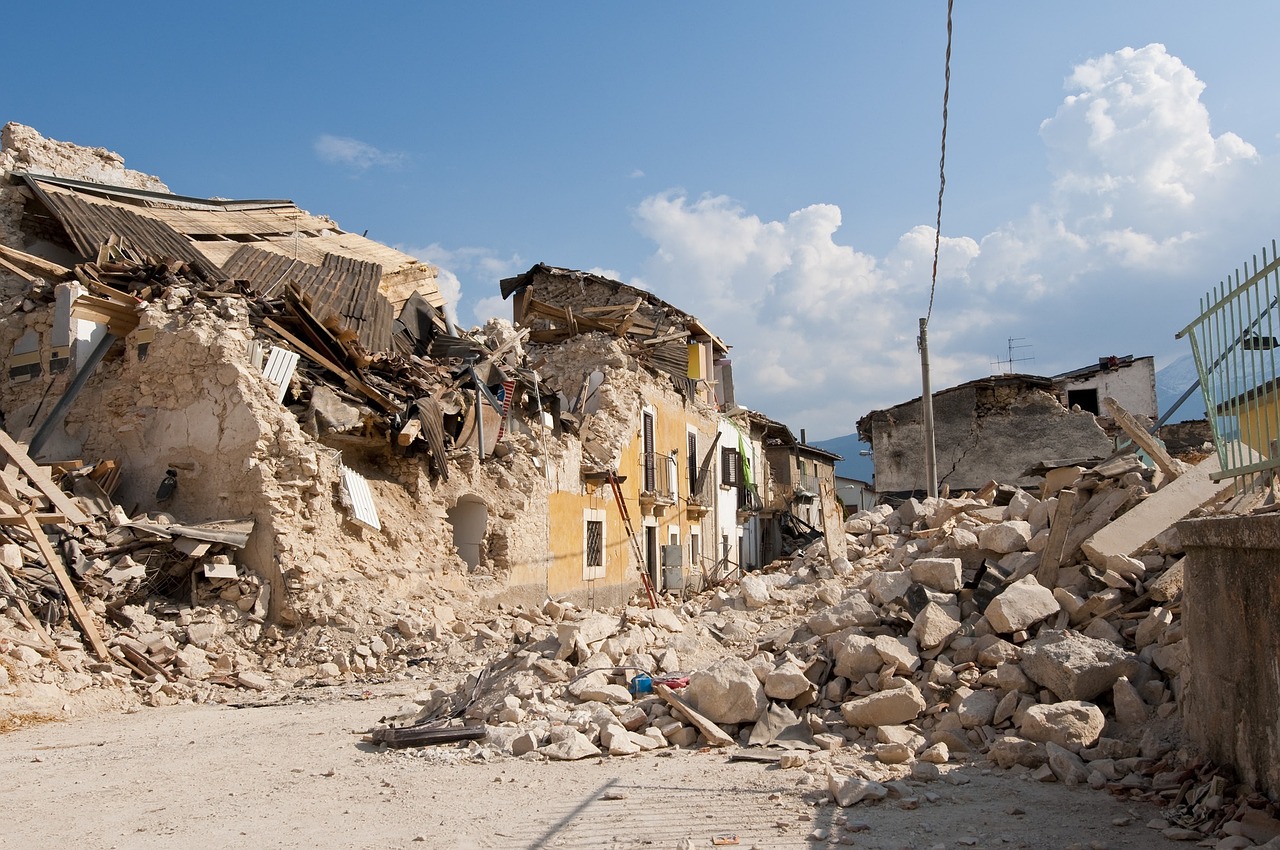Table of Contents
ToggleIntroduction
Earthquakes are one of the most destructive natural disasters that can strike without warning. They are caused by the movement of tectonic plates that make up the Earth’s surface, leading to powerful seismic waves that can cause significant damage to buildings and infrastructure. But, as the world continues to grapple with the impacts of climate change, there has been a growing body of research that suggests that these two phenomena might be more closely related than previously thought.
The Link Between Climate Change and Seismic Activity
One of the main ways in which climate change can impact earthquakes is by altering the Earth’s crust. As the Earth’s temperature changes, so too does its volume, which can cause the crust to deform and put pressure on faults, leading to increased seismic activity. Additionally, rising sea levels caused by melting glaciers and ice caps can also increase the weight of the Earth’s crust and trigger earthquakes.
Furthermore, changes in the hydrologic cycle, such as increased precipitation and melting snow and ice, can also impact earthquakes. The added water weight can cause the Earth’s crust to deform, putting stress on faults and leading to increased seismic activity. Additionally, changes in the water table can cause changes in the Earth’s gravitational field, which can also affect seismic activity.

The Impacts of Climate Change on Earthquake magnitudes
The impacts of climate change on earthquakes go beyond just increasing their frequency. Research has also suggested that climate change can also impact the magnitude of earthquakes. Warmer temperatures can cause permafrost to melt in high-latitude regions, leading to changes in the Earth’s crust and the potential for larger earthquakes. Similarly, changes in the hydrologic cycle can also impact the magnitude of earthquakes by changing the stress on faults and altering the amount of energy that can be released during an earthquake.
The Role of Climate Change in Inducing Human-triggered Earthquakes
It’s not just natural processes that are linking earthquakes and climate change. Human activities can also contribute to the relationship between the two phenomena. For example, the extraction of oil and gas, as well as the storage of carbon dioxide underground, can cause earthquakes by changing the pressure on faults. These human-triggered earthquakes can be particularly devastating, as they can occur in areas where earthquakes are relatively rare and the infrastructure is not prepared for the ground to shake.
Conclusion
In conclusion, the relationship between earthquakes and climate change is complex and far-reaching. Climate change can increase the frequency and magnitude of earthquakes by altering the Earth’s crust, changing the hydrologic cycle, and triggering human-triggered earthquakes. Understanding the connections between these two phenomena is critical for improving our ability to predict and respond to earthquakes, and for mitigating the impacts of climate change on our communities and infrastructure.








1 thought on “Earthquakes and Climate Change: Understanding the Connection”
Pingback: The Split of Africa: Is a New Ocean Forming?